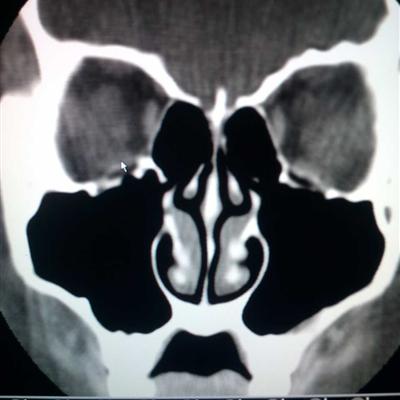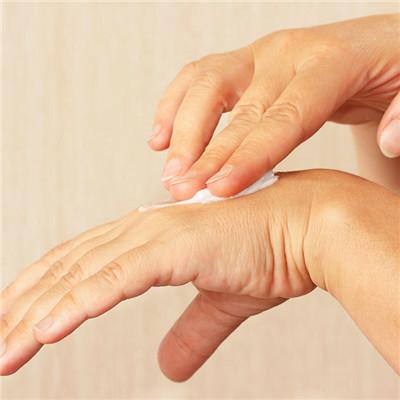What are the symptoms of paralysis?
summary
Paralysis is the reduction or loss of voluntary motor function. It is a common symptom of the nervous system and is caused by nerve, neuromuscular junction or muscle diseases. The primary disease leading to dyskinesia should be treated, and rehabilitation treatment should be given at the same time. What are the symptoms of paralysis? Let's talk about it
What are the symptoms of paralysis?
(1) The characteristics of upper motor neuron paralysis: as the motor cortex and descending pyramidal tract mainly control the muscle group, the lesion often leads to paralysis of the whole limb (monoplegia) and hemiplegia of one limb (hemiplegia); Bilateral lesions can cause paraplegia or quadriplegia. The muscle tension of the affected limb was increased, the tendon reflex was hyperreflexive, the superficial reflex was weakened or disappeared, the pathological reflex appeared, there was no muscle atrophy and muscle bundle tremor, but the disuse muscle atrophy could be seen after long-term paralysis. EMG showed normal nerve conduction velocity and no denervation potential.
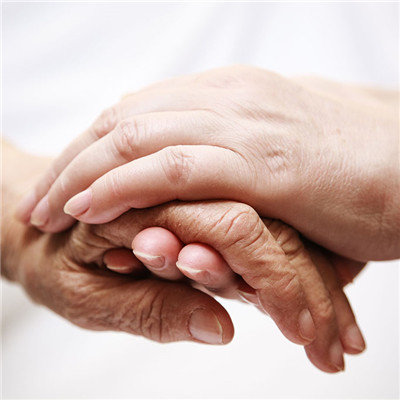
(2) the characteristics of lower motor neuron paralysis: the muscle tension of paralyzed muscle decreased, the tendon reflex weakened or disappeared (the injury of lower motor neuron interrupted the monosynaptic stretch reflex), the muscular dystrophy of anterior horn cells appeared in the early stage of muscle atrophy (about a few weeks), the muscle bundle tremor could be seen, and there was no pathological reflex. EMG showed decreased nerve conduction velocity and denervation potential.
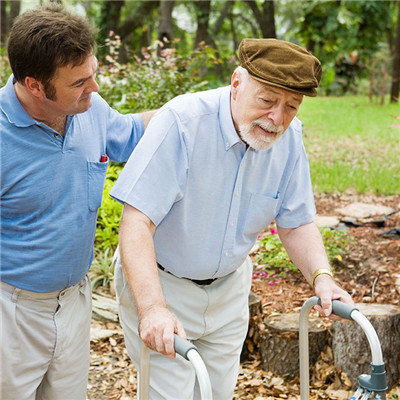
Acute severe lesions such as acute stroke, acute myelitis, due to a sudden interruption of the pyramidal tract, spinal cord shock, muscle stretch reflex inhibition, soft paralysis, tendon reflex decreased or disappeared. After a few days or weeks, the stretch reflex recovered and turned into hypermyotonia and tendon hyperreflexia. The length of shock period depends on the degree of lesion and complications such as infection. Because muscle spindles are more sensitive to stretch reflex than before, especially the muscle tension of upper limb flexor and lower limb extensor is higher. The initial resistance is large, and then the resistance decreases rapidly, showing clasp knife phenomenon.
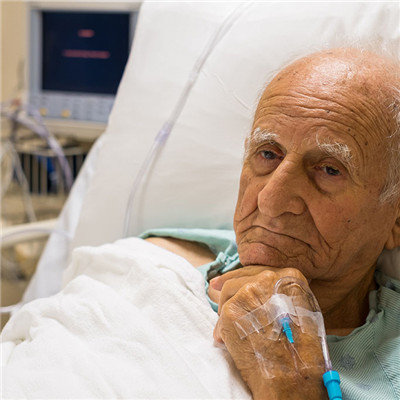
matters needing attention
Maintain the functional position of the limbs: the finger joints of the paralyzed limbs should be extended and slightly flexed, and a sponge can be placed in the hands of the patients; The elbow should be slightly flexed; The shoulder joint of upper limb is slightly abducted to avoid adduction; Extend the hip and knee joint; In order to prevent foot sagging, the ankle should be slightly dorsiflexed; In order to prevent the external rotation of the lower limbs, sandbags or other supports should be placed on the lateral part.





